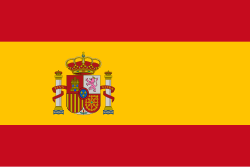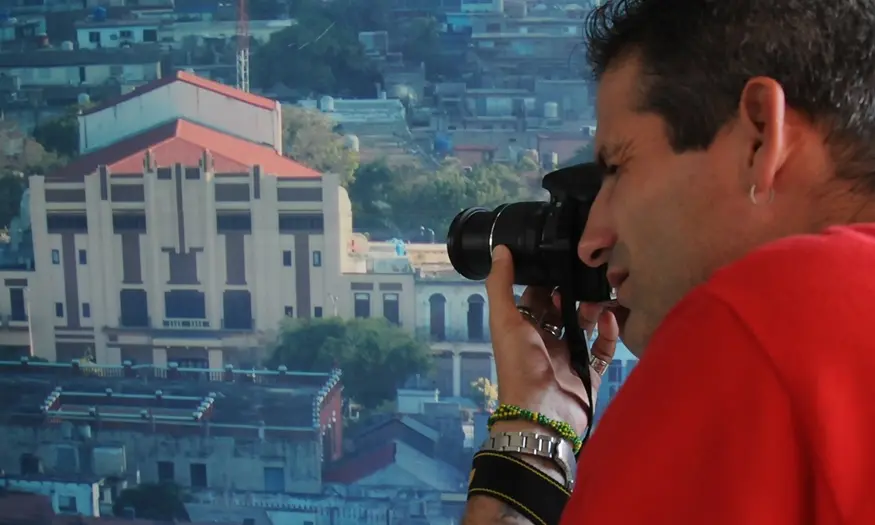The first posed to this young talented boy about his birth place, to which he said: “I was born on August 19, 1985, in Holguín. By the way, International Day of Photography”.
What did you study and what do you currently do?
“I graduated as a Computer Engineer at the University of Holguin, in 2016. I am currently a specialist of Informatics in the Department of Scientific and Technical Information and professor of Informatics and Photography in that same house of higher studies; in addition, at the Center for Sociocultural Development of the Casa de Iberoamerica in Holguin and at the Provincial Center of Improvement for Culture I am a professor of both branches. I also work as a press photojournalist at Radio Angulo”.
Did you have a photographer in your family?
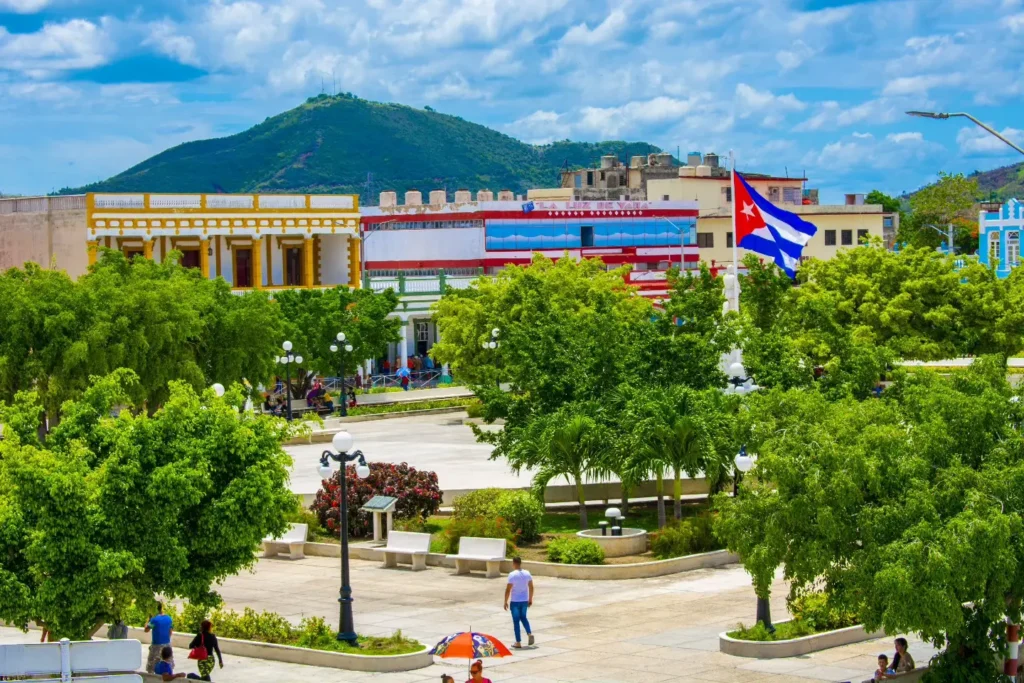
“No, not a professional photographer. One of my uncles had knowledge of photography, which, in my beginnings, was very helpful, because he reviewed all my work. In this way he would give me advice according to the basic rules of photography to apply them in my images.
“Since I was a child I liked painting and photography always caught my attention, due to my father’s influence. He was a chess player, but he was fond of this art, so much so that he was the one who took all my childhood photos.”
Kevin and the adventure of photography
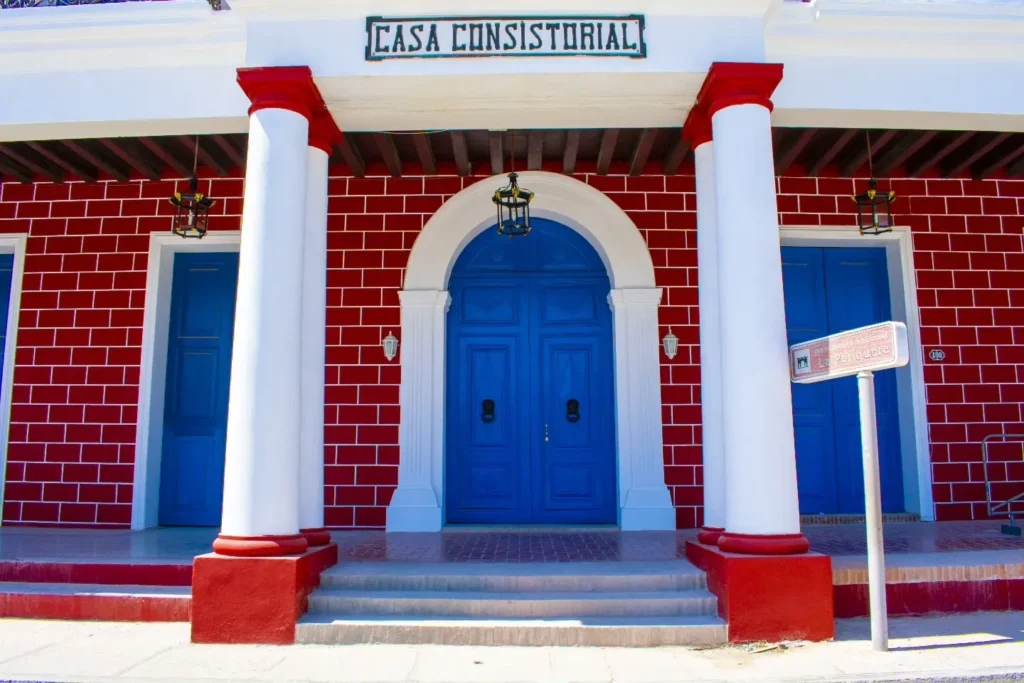
What is a photo for you?
“A photograph expresses everything you feel, it should speak for itself with its content, without the need for text”.
Tell me about your experience with photos?
“A photograph expresses everything you feel, it should speak for itself with its content, without the need for text”.
Tell me about your experience in photography?
“Throughout my career I have had the opportunity to take different types of photographs, whether journalistic, nature, social, cultural, advertising, fashion, artistic, among others. This thematic diversity has helped me a lot in my professional career as a photographer”.
Differences between commercial and artistic photography, what do you think?
“All photographers take on this profession with the same professionalism. The only difference between the two is the objective with which you take the photograph. Commercial photography seeks monetary retribution, while artistic photography is usually done out of passion”.
Is a photo of Maceo in a studio, outdoors, today a historical photo when at that time it was a purely commercial matter?
“In the case of historical, period photographs, at that time when only people who had a high economic level could afford photos, they were taken with the intention of capturing the moment, personalities and also to promote the work of a particular photographer. Thanks to all those photos taken many years ago, we have been able to record the history books or put a face to certain names. They are priceless images.
“For this very reason, the photos we take today will one day have historical and cultural value, even if many are taken for purely commercial purposes.”
In terms of artistic photography, what have you done?
“From my beginnings I worked with dance companies and models, with whom I took artistic photos, which I continue to do at present. Also in the work as a press photojournalist I have been able to cover many cultural and social events, where the artistic in photography has a great weight.”
Kevin and the adventure of photography 2
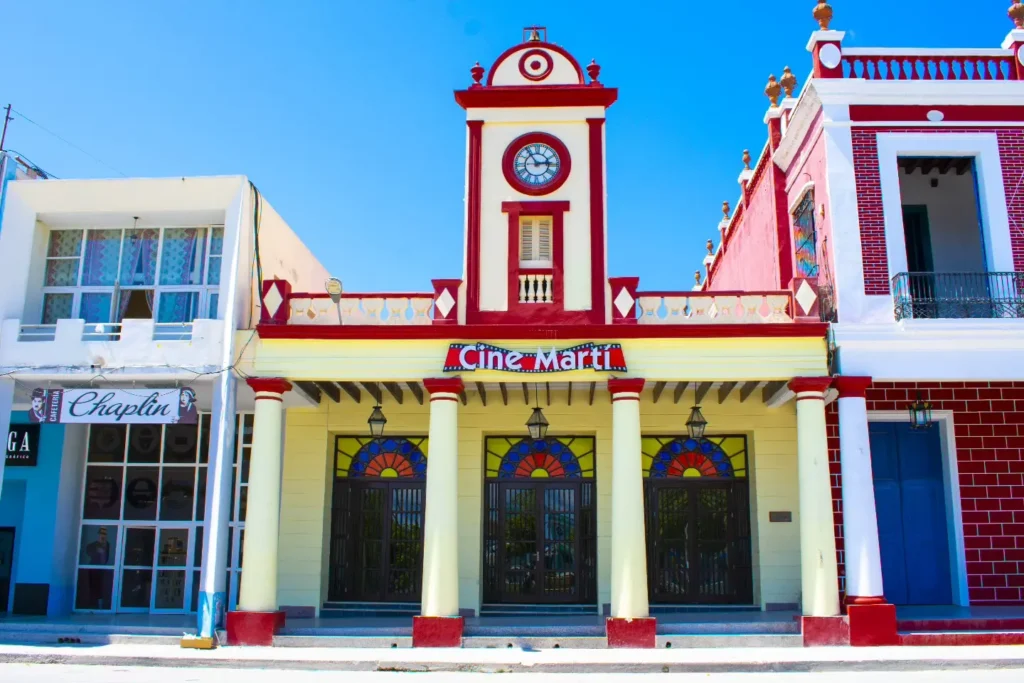
Do you consider that you have a theoretical background in photography outside of the purely technical?
“I started in a practical way, with the knowledge I had of painting, where there are rules and factors that are common to photography. After I entered this world, I dedicated myself to training through different courses in different photography events, where different teachers came not only from Cuba but from all over the world. Over the years I also became a photography teacher.
Do you plan to make a study of photography in Holguin?
“At the moment I’m doing a research on the subject with which I would opt for the title of Master in History and Culture”.
What have you achieved in that sense?
“From the close contact with a great part of photographers, not only of my city, but of Cuba and the world, I had the opportunity to participate in the creation of the Holguin Photographers Club. Today there are four clubs in the city, in which we have tried to include most of the interested photographers and the students of Photography, who every day are more and more people with this affinity”.
Kevin and the adventure of photography
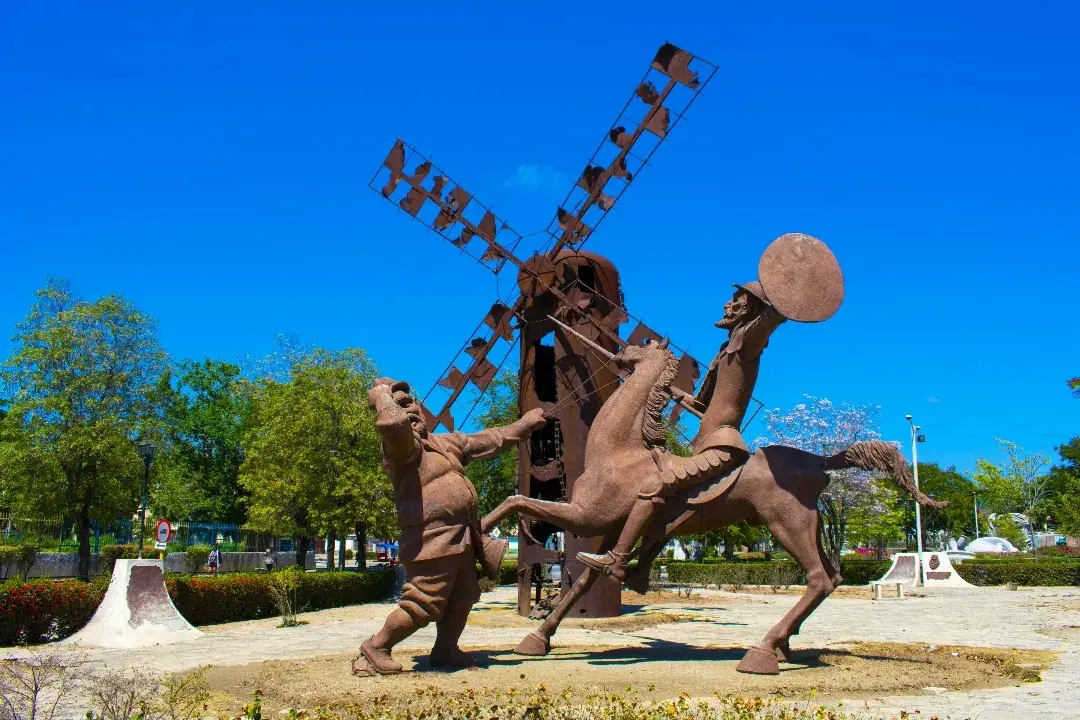
What relationship do you have with specialists such as Julio Larramendi, Rafael Acosta and others?
“With many professors and personalities of photography in Cuba and the world I have had the pleasure of sharing in practical classes and conferences, in events such as the International Festival of Photography of the Romerías de Mayo, Ibero-American Festivals and International Film Festivals.”
What did Larramendi’s course at Romerías de Mayo mean to you?
“Professor Larramendi’s course was a great opportunity for all photographers who are starting out and for those who already have a career, because we always have something new to learn, not only about technological advances, which we must study daily, but the photographs taken by the masters who made history are unique references. And having one of them in front of you and being able to ask him how he took the photos, listen to the process, gives you the experience from the theory and you look in practice how to achieve yours, without giving up your profile or photographic stamp”.
Kevin and the adventure of photography
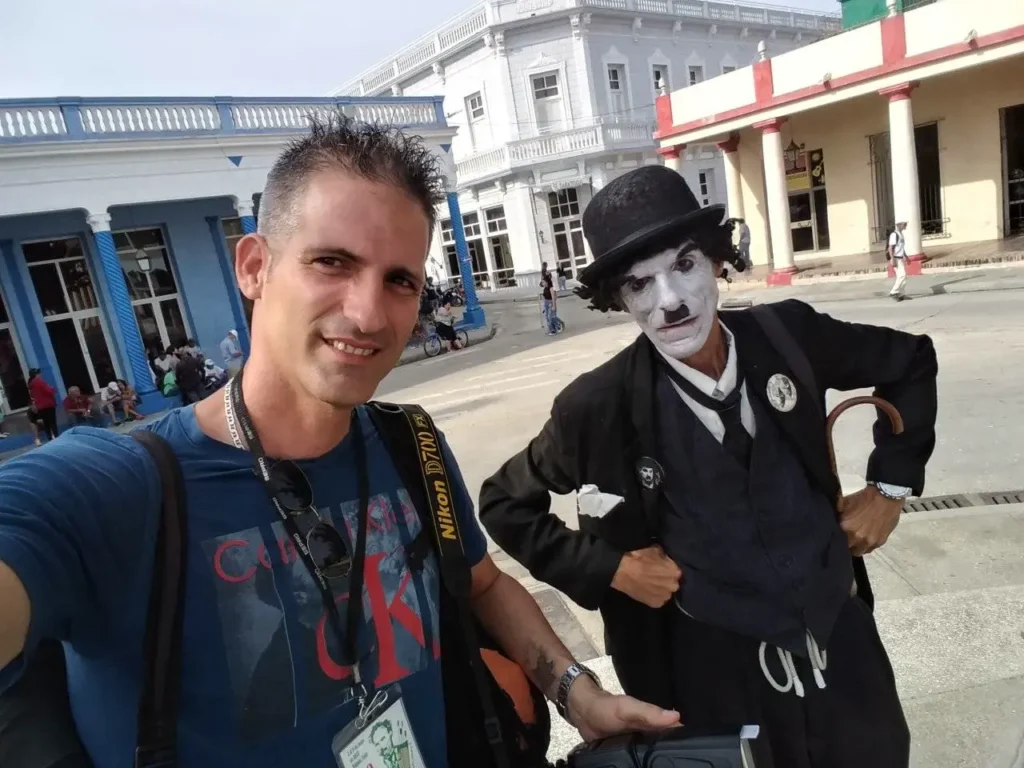
Tell me about what we can consider commercial photography in Holguin, do you think it also reflects the life of the city in these years?
“Holguin, in the history of photography, has been a city with many photographers, which led the city to be insignia at the country level. There is a fairly broad culture of photography. In the field of commercial photography, many people came from other provinces to take pictures with the Holguineros, due to the positive comments about their work”.
Difficulties and achievements in the midst of the current complex situation?
“After COVID-19, the situation changed because the photographic resources are expensive and necessary for our work, but we have always put our best efforts to continue working, to ensure that photography continues to grow professionally in all of us who are dedicated to this beautiful work.
Do you think that cell phones will be able to eliminate or diminish the impact of this type of photography, let’s say artistic?
“Technology has advanced a lot, nanotechnology and artificial intelligence processes take the limits of photography to another level every day. Sometimes the photographers themselves can use phones for some photographs for some convenience or even the day you do not bring your camera, and there is something important to graph, the cell phone serves as a tool to achieve it.
“But in the era of digital photography there are two factors to evaluate: I don’t think cell phones will be able to displace high-end professional cameras, mainly because of the image resolution. On the other hand, photography is not based on ordinary people using their cell phones to take pictures, but the art of photography is in the eye of the photographer”
- The Gibara Wall - 10 de October de 2025
- Néstor Salazar, from the microphone to the kitchen - 7 de October de 2024
- Did Henri Cartier-Bresson visit the city of Holguin? - 16 de September de 2024
